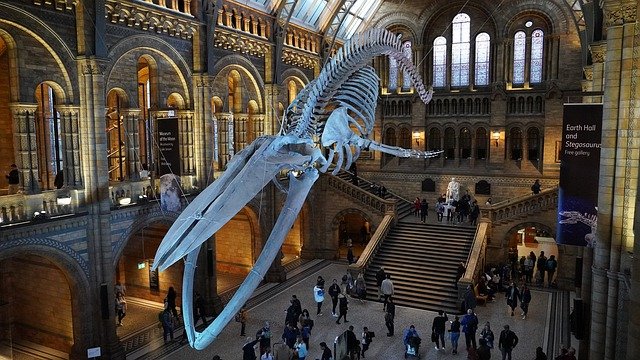
We are more than eighteen months into a pandemic that has transformed our lives. For many of us, it’s been a time of darkness and fear. But we’ve also been surprisingly adaptable. For most of us, these months have contained moments of joy, connection, insight, and growth. For all the hardships this pandemic has wrought, humans have proven flexible and resilient. We’ve strengthened bonds with the people we love. We’ve learned to live and work under new conditions.
And now, as public life opens back up in fits and starts, many people are thinking deeply about what they want their lives to look like after the pandemic. I hear it from some of my coaching clients. They do not want to go back to the “old normal” when many of them were over-scheduled, overworked, and overwhelmed. As one client told me, “The Covid shutdowns have taught me that rest is good, hyper busy is bad.”
Over and over in the past year, clients have said that they want to work with me on implementing strategies to free themselves from obligations and commitments that drain their energy and distract them. As another client put it, “I want to do only the things that align with my ‘why.’” He meant that he wants to spend his time, life’s most precious gift, on activities that align with his reason for being, his sense of purpose in the world.
I’ve been doing that kind of thinking, too. This fall, as life has started to ramp back up, I’m making a concerted effort to curate my life. “Curate” is a term that is often used in the museum world. A curator selects, organizes, cares for, and presents the items in a museum collection.
The curator cannot collect everything. The museum’s mission provides the curator with parameters for what she will or won’t collect for the museum. For example, the curator at a historical museum can’t collect every available item from history. She would never have sufficient resources to acquire everything nor space to store it. She has to be selective, acquiring things that relate specifically to the museum’s thematic focus (the National Museum of African-American History and Culture, for example) or the geographic area it serves (such as the Royal British Columbia Museum) or a particular time period or event (like the National World War II Museum). The curator has to collect the best examples of a particular item or the objects that best illustrate some past event.
In spite of their best efforts, museums often find themselves with an accumulation of items that aren’t appropriate for their collections. Maybe a well-meaning individual donated a group of items that were barely related to the museum’s mission. Maybe the museum’s focus shifted. Those items may be valuable, but they are not useful to this particular museum. Periodically, museum curators do an assessment of the museum’s total collection and de-accession some items that are taking up space in storage without contributing much to the museum’s programming. They returning deaccessioned items to donors, pass them on to other museums, or sell them to collectors.
Curation is a powerful metaphor for thinking about the things (and people) we want to make room for in our lives. I am trying to carefully curate the things that take up space in my life, focusing on the people, commitments, and things that bring me alive. I’m also trying to carefully de-accession commitments and obligations that may be important but may not align with my “why.”
What about you? How do you want to curate your life and what do you need to de-accession?

